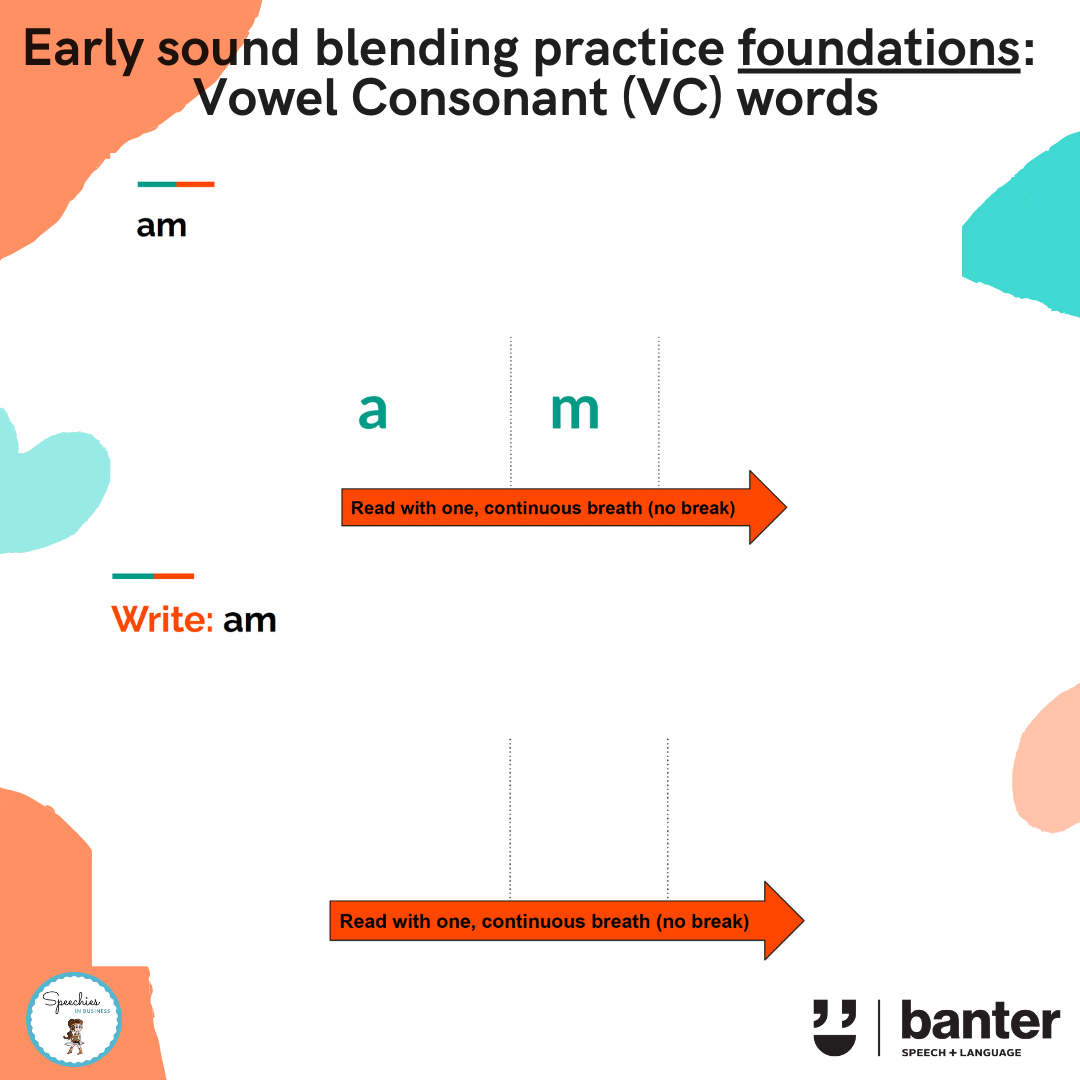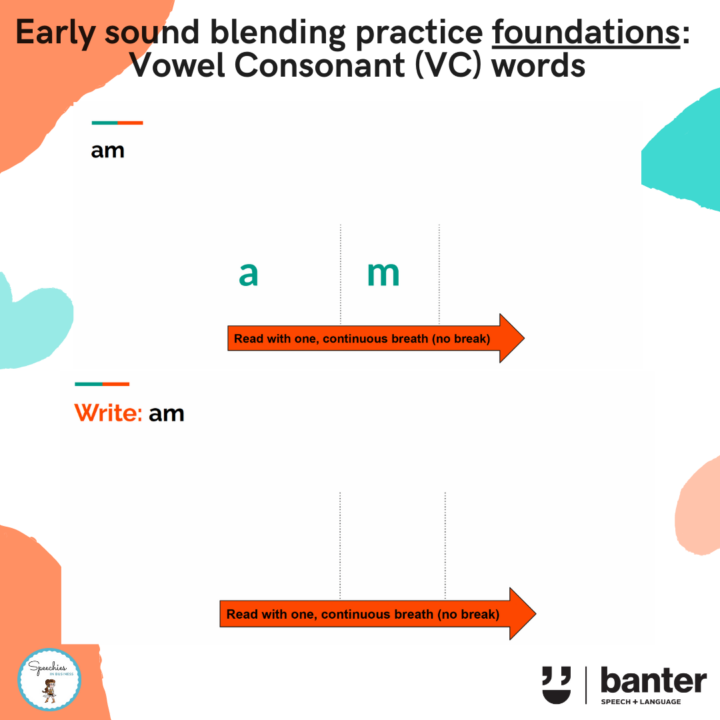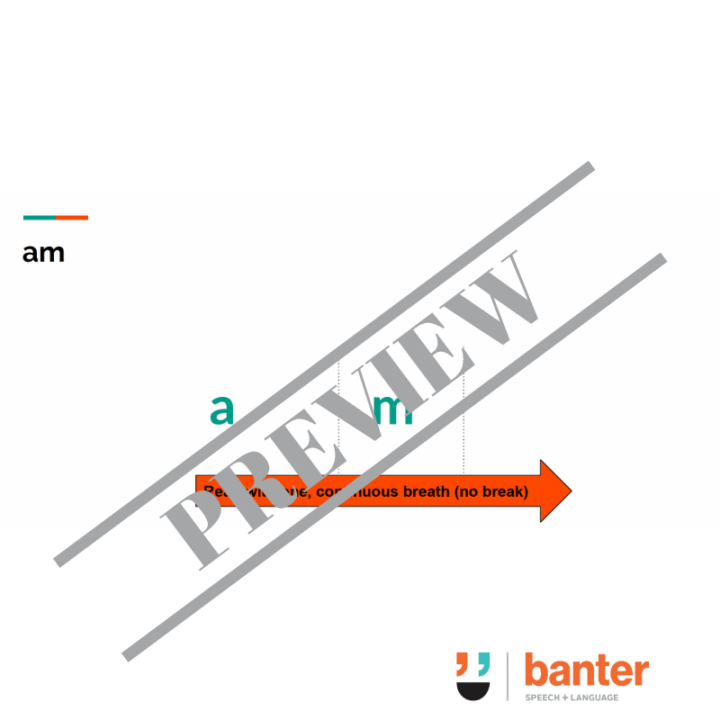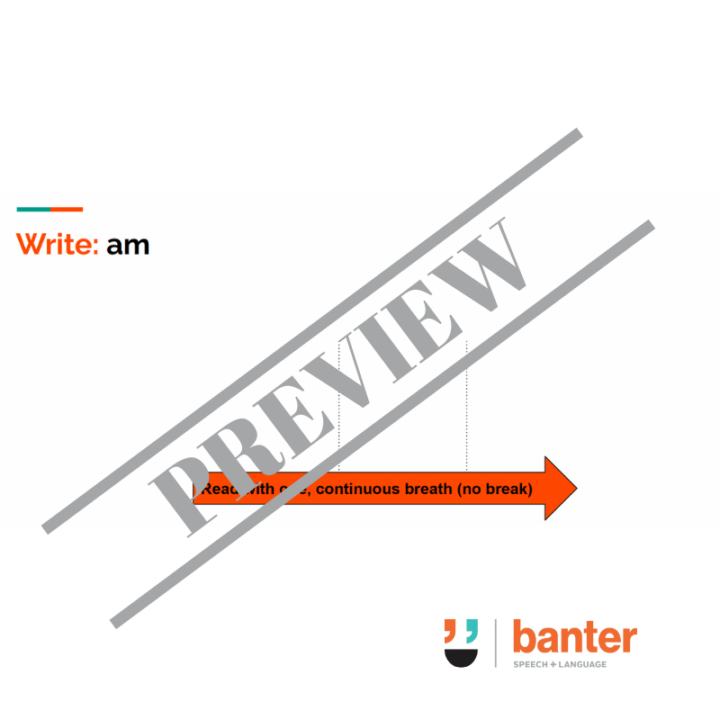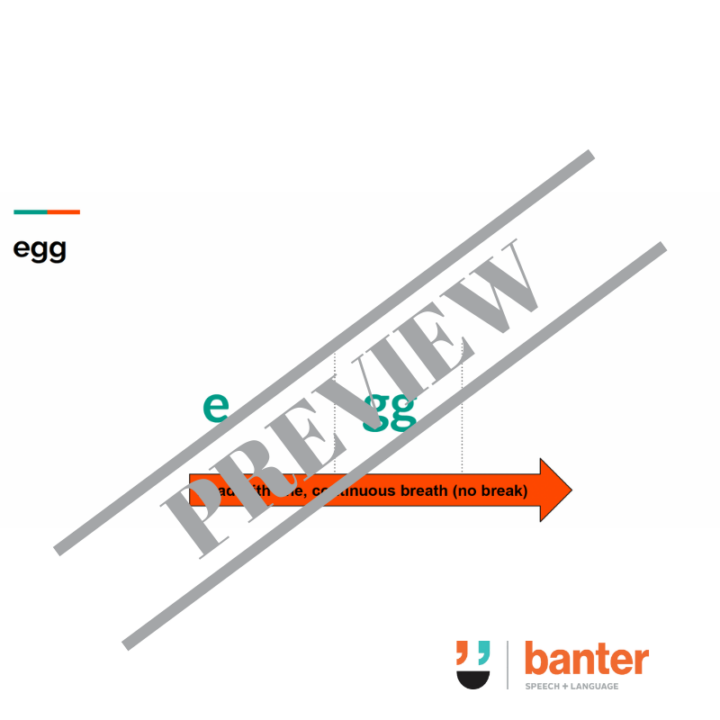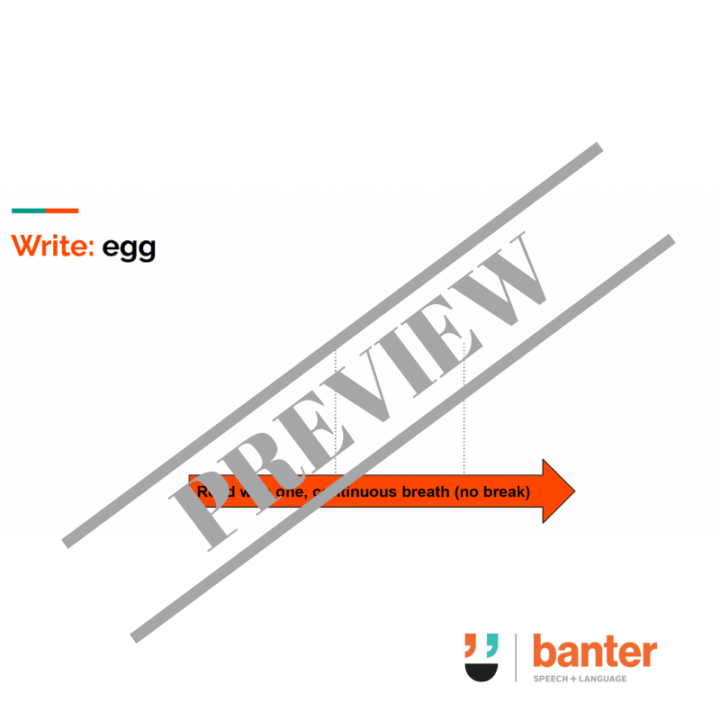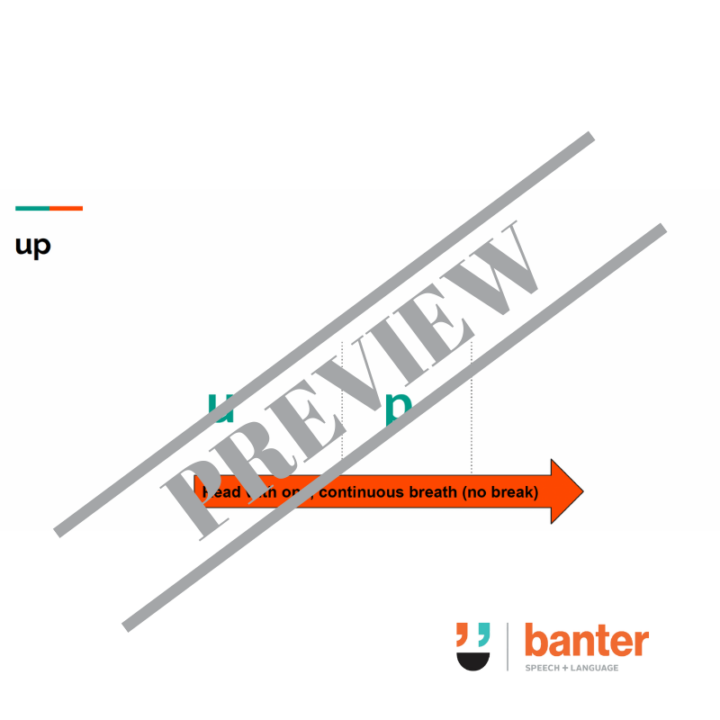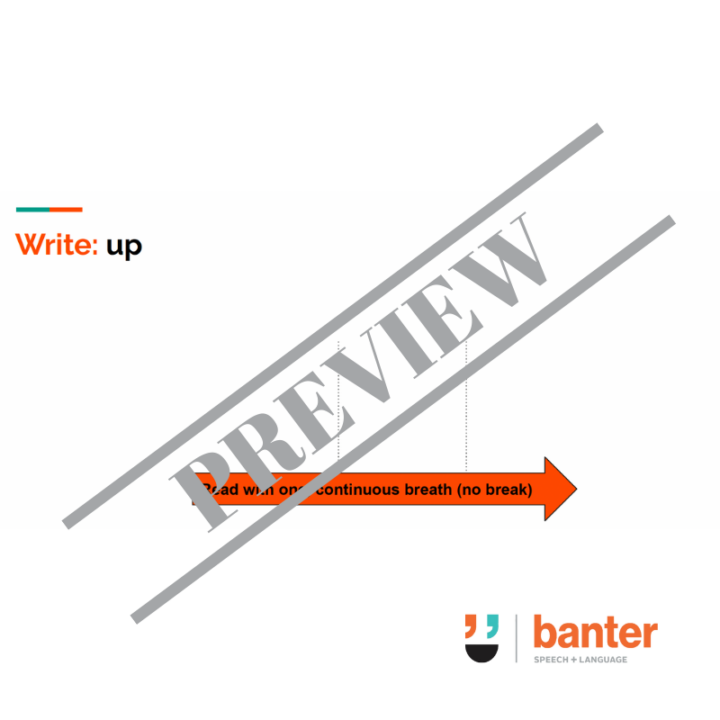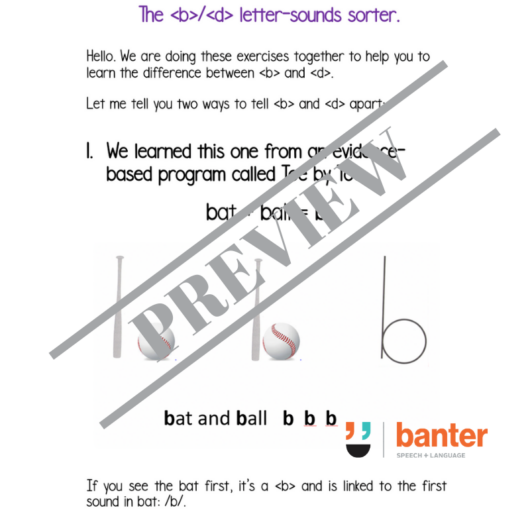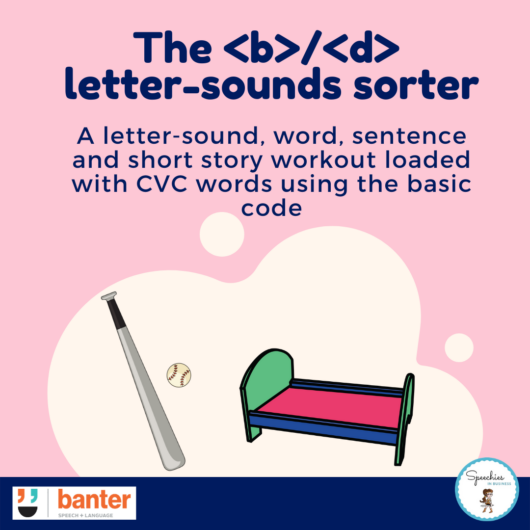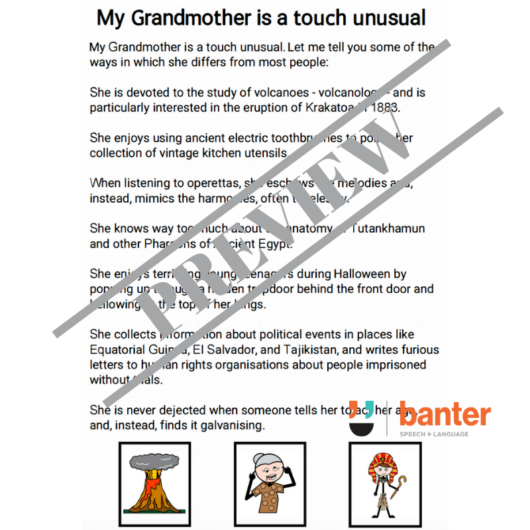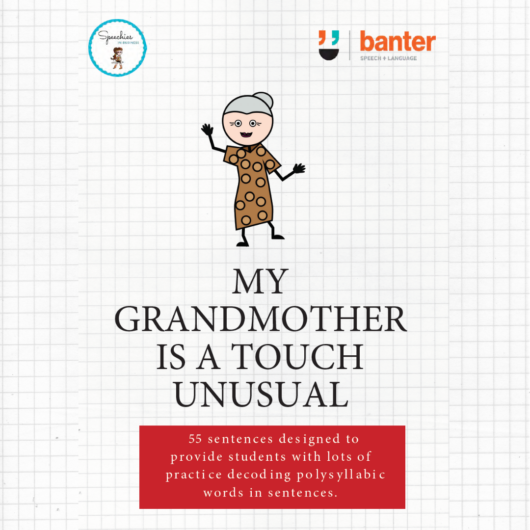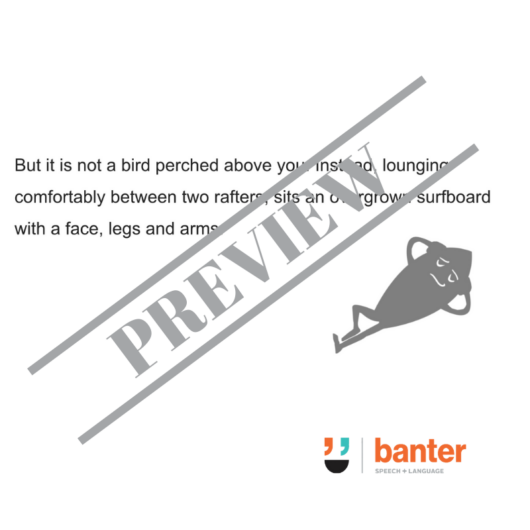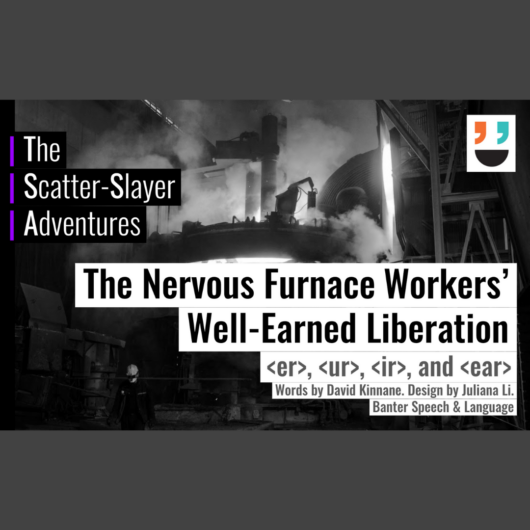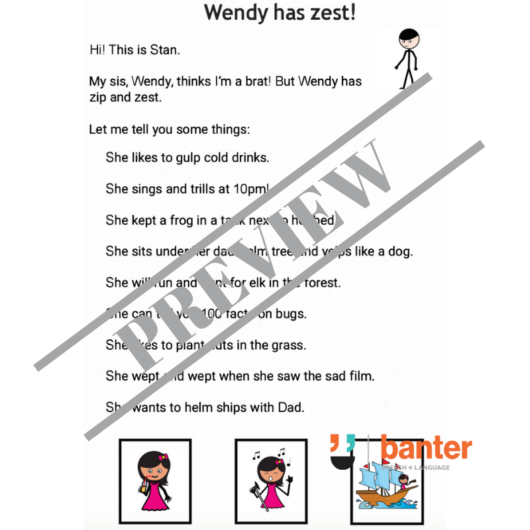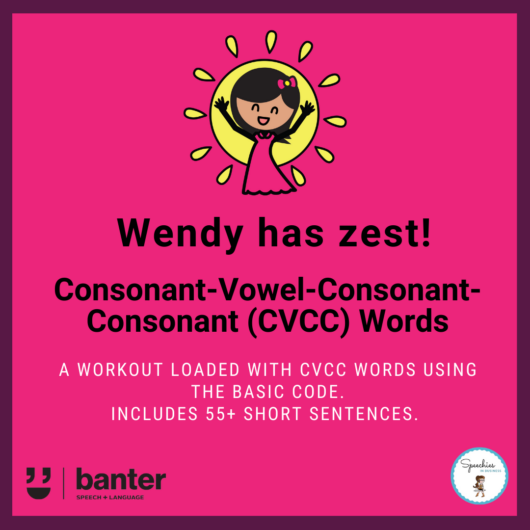Description
Early phoneme blending practice using only the basic code (including word-initial vowel continuants).
Why blending? Learning to decode letters into speech sounds, and then to blend the speech sounds together to form words is a fundamental reading skill for all students in their first year of schooling. We want to start as soon as possible, which is why we’ve grouped the sounds into units, matching groups of pre-taught letter-sound links.
Why the basic code?To keep things simple, we start with vowel-consonant (VC) word structures composed of high frequency letter-sound links. We’ve used real words, rather than non-words – though we’ve had to be a bit creative in parts to provide enough practice!
Why start the words with continuants? A continuant is a speech sound that can be stretched (or ‘prolonged’) as long as the breath lasts, with no significant change in the quality of the sound. All vowels are continuants. They’re easier to blend for beginners than words that start with short ‘stops’ like <b>, <d> or <g>. We’ve using only short vowels from the basic code.
Why read and write the words? Early encoding (writing) practice helps consolidate early decoding (reading) skills (and vice versa).
Why no pictures? At this early stage of reading instruction, we’re focusing on decoding the words. (We don’t want children to guess from pictures as vocabulary strengths can mask decoding challenges in the early stages of reading instruction.)
This 75-page resource can be downloaded in PDF and Google Slides formats.
Related resources:
-
- Early sound blending practice 1: CVC words with short a and e vowels
- Early sound blending practice 2: CVC words with short i and o vowels
- Early sound blending practice 3: CVC words with short u vowel
- Early sound blending practice 4: CCVC words – starting with a continuant
- Early sound blending practice 5: CVCC words – starting with a continuant
- Early sound blending practice 6: CCVCC words – starting with a continuant
- The b/d letter-sounds sorter (with CVC words, sentence and story workout)
- CCVC Words in Sentences: Is Stan a brat?
- CVCC Words in Sentences: Wendy has zest!
- Early Reading Workout – Stan has three cats: Dom, Don and Dan (CVC, CVCC, CCVC)
- Split digraph minimal pair sentences
- Polysyllabic words in sentences
For free, decodable stories focusing on the basic code, check out: Is your Kindy kid really reading? Find out with our 7 free mini stories
